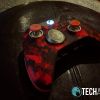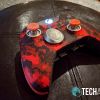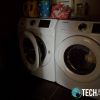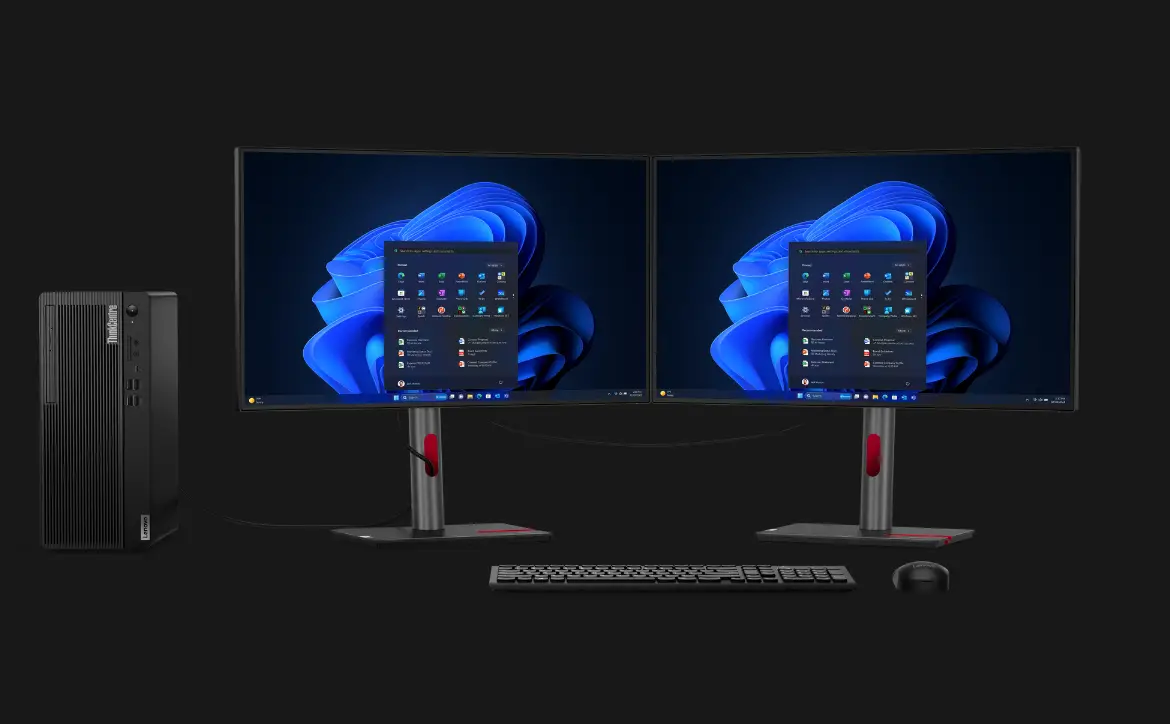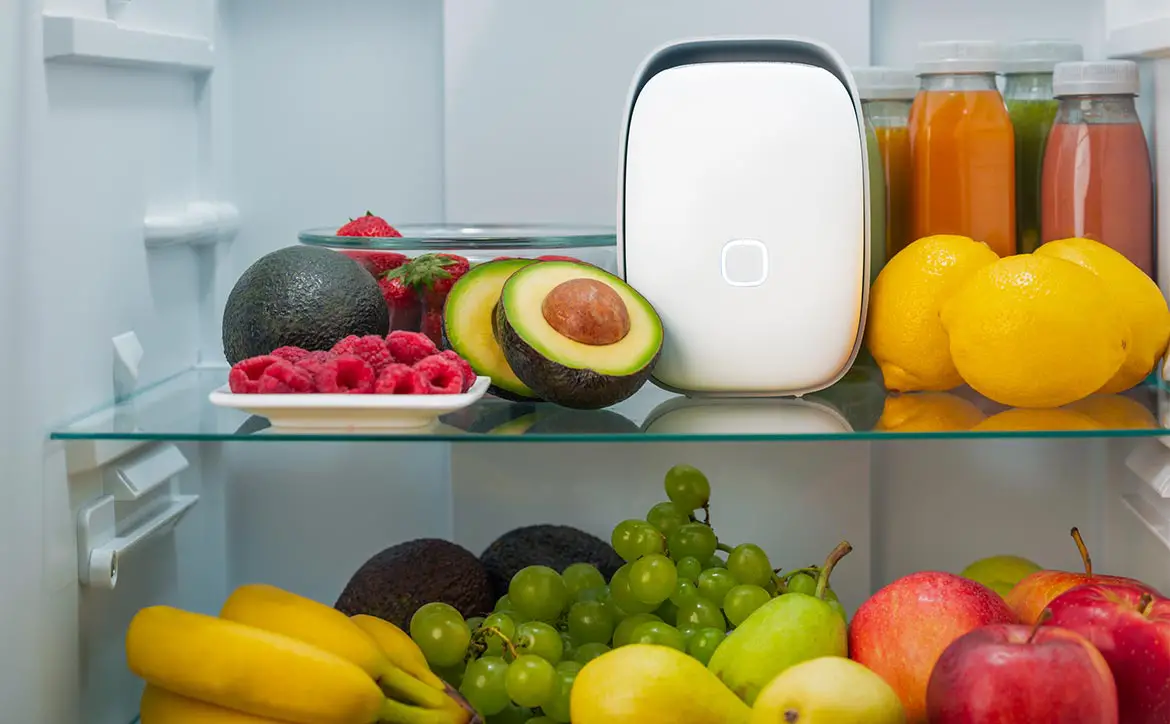
We’ve definitely taken a look at our fair share of smartphones over the past few years and have definitely noticed, along with everyone else, the trend towards bigger phones. While smartphones, in general, are slowly getting bigger, bigger isn’t always better. I’ve been rocking the Pixel 2 XL for the past year or so, and when Google Canada sent over the Pixel 3 for review, I quickly dismissed it as going to be one of those “quicker” reviews. Fortunately, I was wrong. While other reviews have already been released, we’ve had a solid month with it and waited a bit longer once we had a concrete release date for the Night Sight camera feature to offer you, our readers, a complete review.
As such, our Google Pixel 3 review takes a look at the smaller of Google’s two new flagship devices and finds that great things can still indeed come in small(er) packages.
Specifications
The Google Pixel 3 has the following features and specifications:
- Processor: Qualcomm® Snapdragon™ 845, 2.5
Ghz + 1.6Ghz , 64-Bit Octa-Core, Adreno 630, Pixel Visual Core™, Titan M security module - Display: Fullscreen 5.5” display, FHD+ flexible OLED at 443 ppi, 18:9, Corning® Gorilla® Glass 5, Always-on display, Now Playing, 100,000:1 super contrast ratio, Full 24-bit depth or 16.77 million
colours , True black level, HDR support (UHDA certification) - Memory: 4 GB LPDDR4x RAM
- Storage: 64 GB or 128 GB storage
- Rear camera
- 12.2 MP dual-pixel
- 1.4 μm
- Autofocus + dual pixel phase detection
- Optical + electronic image stabilisation
- Spectral + flicker sensor
- f/1.8 aperture
- Field of view: DFoV: 76°
- Rear Camera Video
- 1080p @ 30fps, 60fps, 120fps
- 720p @ 30fps, 60fps, 240fps
- 4K @ 30fps
- Dual front cameras
- 8 MP wide-angle and telephoto cameras
- Wide-angle: f/2.2 aperture & DFoV 107°
- Telephoto: f/1.8 aperture & DFoV 75°
- Front Camera Video
- 1080p @ 30fps
- 720p @ 30fps
- 480p @ 30fps
- Media & Audio: Dual front-firing stereo speakers, 3 mics, noise suppression
- Battery: 2915 mAH battery, 18 W/2 A USB type-C charger, 18 W fast charging, Qi wireless charging
- Wireless & Location: Wi-Fi 2.4GHz + 5.0GHz 802.11a/b/g/n/ac, Bluetooth® 5.0 + LE, NFC, Google Cast, GPS, GLONASS, Galileo, BeiDou
- Sensors: Active Edge™, Back-mounted Pixel Imprint™ fingerprint sensor for fast unlocking, Proximity/Ambient light sensor, Accelerometer/Gyrometer, Magnetometer, Barometer, Android Sensor Hub, Advanced x-axis haptics for sharper/defined response
- Ports: USB Type-C™ 3.1 Gen 1
- Materials: Aluminum frame + hybrid coating, Corning® Gorilla® Glass 5 on the front, Soft touch glass (Corning® Gorilla® Glass 5) on the back, IP68 dust and water protection
- Operating System: Android Pie (9.0) with Google Assistant
- Colors: Clearly White, Just Black, Not Pink
- Dimensions: 145.6x 68.2 x 7.9mm (5.7 x 2.7 x 0.3 in)
- Weight: 148 g
What’s in the box
- Pixel 3
- Quick Switch Adapter
- USB-C to USB-C cable
- Pixel USB-C earbuds
- USB-C to 3.5 mm headphone adapter
- SIM tool
- Quick Start Guide
Design
At a glance, the Pixel 3 series doesn’t look that much different than last year’s Pixel 2 series. Size aside, the Pixel 3 sports the same general shape, with rounded corners and a flat back, as the Pixel 2 XL. One noticeable difference is the rounded edges on the Pixel 3 over the Pixel 2 models. Personally, this didn’t really affect the comfort or hold-ability of the device and both feel equally pleasant.
The power and volume rockers are along the right edge of the phone. While the SIM card slot resided on the left edge of the Pixel 2 smartphones, it has been moved to the bottom of the Pixel 3. It now sits to the left of the USB-C 3.1 Gen 1 port on the bottom.
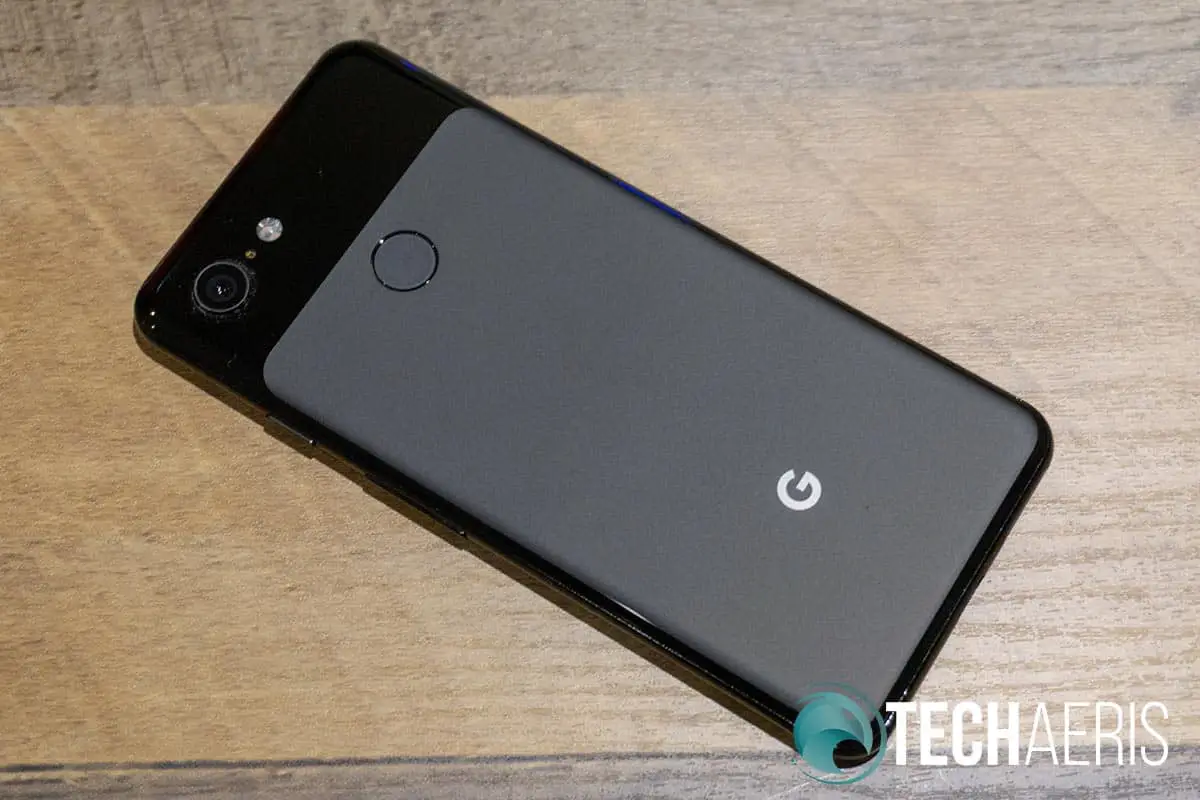
The back of the phone is also fairly similar with the bottom 85% or so of the device a matte finish. The Google G icon sits centered near the bottom and the fingerprint scanner is centered near the top of this matte area. I’m a huge fan of the placement of the fingerprint scanner in this position as it makes it natural and easy to unlock your phone with one hand.
Above this sits a glossy black region with the single rear-facing camera and flash off to the upper left of the device (when looking at the back). One small detail that’s slightly different is that this glossy, black region curves down on the edges instead of being cut straight across for a slightly more fluid look.
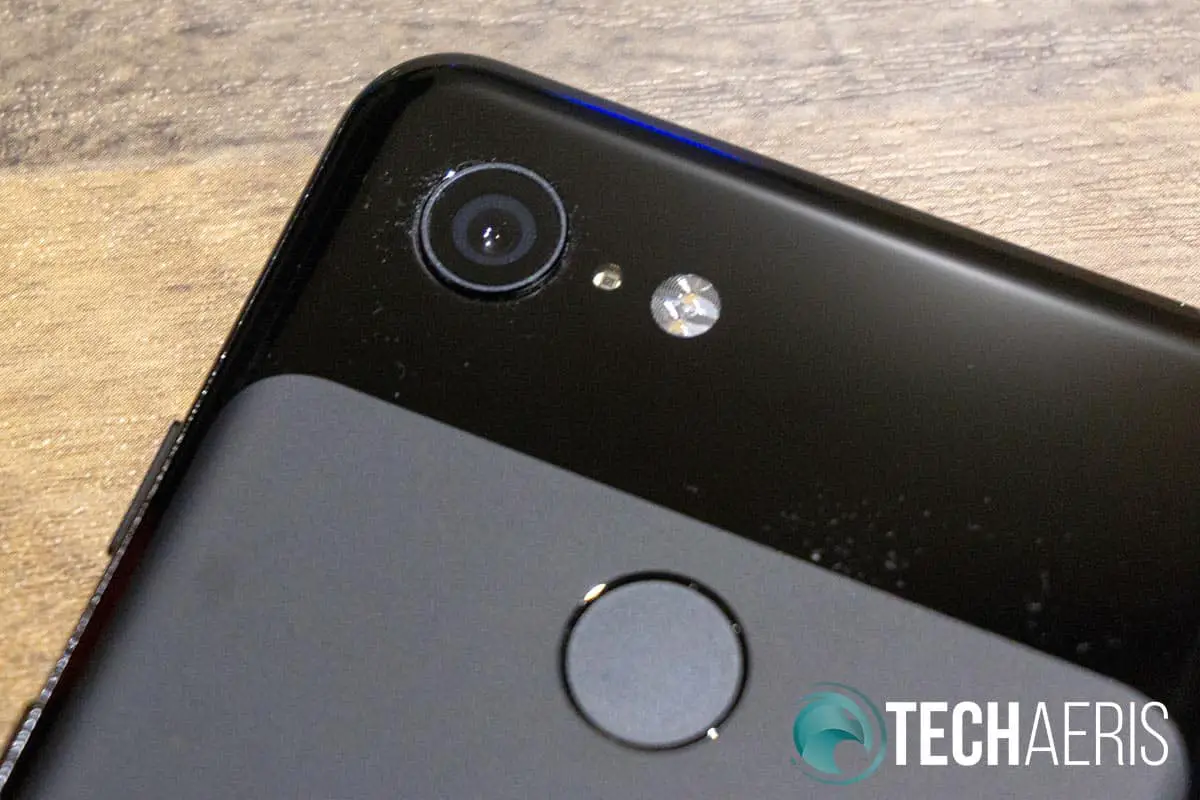
The front of the Pixel 3 sports a top and bottom speaker grille for stereo sound. To the left of the top speaker grille, one can see the dual front-facing cameras — one a wide-angle and the other a telephoto camera.
Aside from what’s listed above, the Pixel 3 is a solid-feeling device with its aluminum frame and hybrid coating. Both the front and back of the device are made from glass with Corning Gorilla Glass 5 on the front and soft touch glass Corning Gorilla Glass 5 on the back. The latest Google smartphone is also IP68 dust and water resistant, meaning you can safely submerge it in up to 1.5m of water for up to 30 minutes without damaging the phone.
While the design is slick looking, to be honest, the Pixel 3 doesn’t look all that much different than many other flagship devices on the market today. In fact, I did have a couple people ask when I got an iPhone when they first saw it. At any rate, the design does work but for the most
Back to my previous comment about discarding the smaller size. It took no more than a couple days to wonder why I’ve been sporting a larger device for the past few years. Sure, a 5.5-inch device is still pretty large — heck I remember when 5-inch smartphones were gigantic — but it is so much more manageable. I’d often been aware of the amount of one-handed fumbling I was doing on a constant basis with the Pixel 2 XL but it became something I just “dealt with.” I have to admit, a smaller device without having to fumble during one-handed use makes for a much more pleasant experience on a daily basis.
Display
The display on the Pixel 3 is simply fantastic. I was one of those who didn’t really mind or notice any issues with the Pixel 2 XL screen. When set side by side though, the Pixel 3 screen with its 2160×1080 resolution is definitely that much more crisp and clear with fantastic
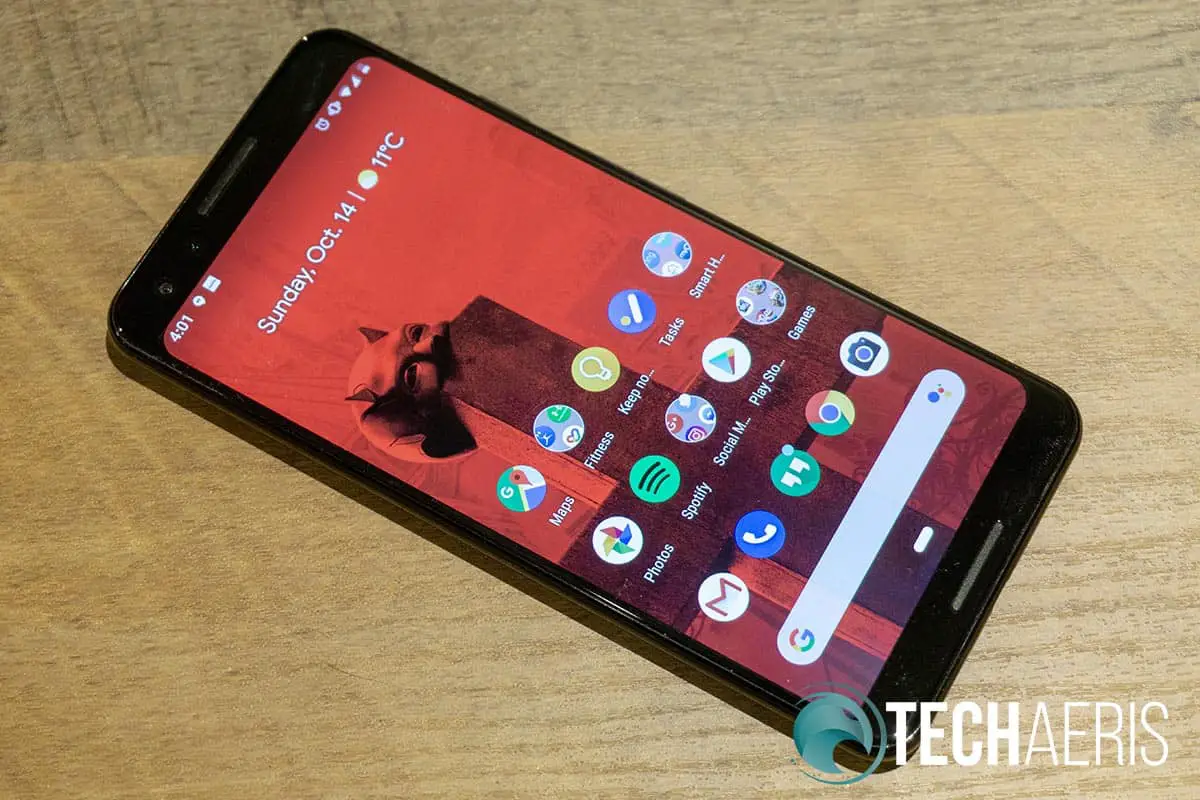
While Google added colour modes to the Pixel 2 smartphones, the Pixel 3s have a new “Adaptive” mode which is enabled by default. Adaptive mode “is designed to provide a vivid yet natural rendition of colors that most users prefer.” Two other modes — “Natural” (sRGB) and “Boosted” (sRGB + 10%) — are also included should you wish to change it up. To be honest, I found the default mode to be just fine. The device is also UHDA
Unlike the larger Pixel 3 XL, the Pixel 2 does not have a notch at the top of the screen. The top and bottom bezels are about average with fairly thin ones on each side. Interestingly enough, the bottom bezel seems just a tad taller than the one on the Pixel 2 XL while the top bezel is about the same size. At any rate, if the idea of a notch really bothers you and is a deal breaker, you don’t have to worry about that with the Pixel 3.
You can also set up Always on Display which lets you see the time, date, and any active notifications at a glance. Now Playing is another feature you can enable which will automatically show the name and artist of any currently playing track your device might be hearing or picking up. It’s definitely a feature the kids have gotten used to since its introduction as they are constantly asking me to look at my phone to see what song is currently playing on the radio or while out and about.
Software
As with all Google smartphones, the Pixel 3 was released with Android 9 (Pie) and Google Assistant. As such, you’ll also be getting monthly security updates for the next three years.
Google has also included a few other apps which are part of Android 9 on the Pixel which include Google Assistant and Digital Wellbeing. Google Assistant is also available on other Android devices, of course, and allows you to use your device as a digital assistant. In addition, the Pixel 3 and 3 XL feature Active Edge technology which allows you to simply squeeze the smartphone to launch Google Assistant instead of having to say “Hey, Google” or “OK, Google” to launch it.
Digital Wellbeing is a newer Google app which not only allows you to track your daily usage but also limit apps to a certain amount of allowable time each day. Other functions of Digital Wellbeing include Do Not Disturb, Wind Down, and “Shhh” — the ability to flip your Pixel 3 facedown to enable DND mode. As far as I know, the Digital Wellbeing app is currently only officially available on Google Pixel phones.
Some other new features are also included on the Pixel 3 including a call screening function which we weren’t able to test as this is a U.S. only feature at the moment. Driving mode automatically launches Android Auto when you are driving. This helps you stay “safe and focused” while driving, as well as allowing you to use the Google Assistant to get directions, reply to messages, play music, and more without having to use your hands. When it is set up, you are given the option to start Android Auto immediately, wait ten seconds, or cancel it all together (for those times you may be a passenger instead of driving).
In addition to Active Edge and flip to silence your phone, other gestures allow you to control and respond to your device by moving or interacting with the device in a certain way. Pressing the power button twice opens the camera while double twisting your smartphone when the camera app is open will switch between the front- and rear-facing cameras.
The big change to navigation in Android 9 introduced Gesture Navigation. Instead of an app drawer button, swiping up on the home button will show recent apps and continuing to swipe up will open your app drawer. I did have some issues getting the app drawer to open without having to double swipe up, but it really is a minor inconvenience in the grand scheme of things. When in recent apps screen, you can enable multitasking view, remove apps to the list, select and copy text from one app to another, and swipe to open recent apps. While it does take a bit of getting used to, once you are it is a pretty fluid navigation system.
The Pixel 3 also features a custom-made security chip that Google uses: Titan M.
This year, with Pixel 3, we’re advancing our investment in secure hardware with Titan M, an enterprise-grade security chip custom built for Pixel 3 to secure your most sensitive on-device data and operating system. With Titan M, we took the best features from the Titan chip used in Google Cloud data centers and tailored it for mobile.
Google can explain this better so you can head over to their blog post on the new security chip to read more.
Performance
As with most flagship devices these days, the Pixel 3 sports the Qualcomm Snapdragon 845 processor. The Pixel 3 also comes with 4GB of RAM and 64 or 128GB of storage space.
As far as base performance is concerned, the device definitely was able to handle any app or game that I could throw at it. If you’ve been looking into getting a Pixel 3 or 3 XL, you may have read some posts about potential performance issues. While I didn’t specifically notice any issues until I read about them, it was actually quite difficult to replicate them. When I could replicate the issues, it happened few and far between — the biggest being that the camera app would close Spotify but only when switching back and forth between the camera, another app, and Spotify in what I would consider an unlikely
Our review unit came with 64GB of storage and a 128GB version is also available. As the device doesn’t have a microSD slot, you’ll have to figure out how much onboard storage you may need and purchase the appropriate version. After a month and a bit of using, I’m currently sitting at 47% free storage with what I would consider
Sound Quality
With stereo speakers, the Pixel smartphones have generally had decent sound in the past. In the case of the Pixel 3, this holds true for the most part. When watching video or listening to music, the sound is crisp and clear, even at full volume. As one would expect, there isn’t much in the way of bass but the sound quality is generally balanced.
One thing I did notice, however, was that if you cover one of the speakers the sound changes drastically. When covering the top speaker,
Camera
Google decided to stick with a single rear-facing camera on the Pixel 3/3 XL and to be honest, that’s just fine. While hardware is the cornerstone of any smartphone camera, software can make a big difference in photo quality as well. The Pixel 3 HDR+ mode, which is enabled by default, does a great job of merging various exposures with no noticeable lag for great, colour balanced photos.

Top Shot is another feature which you’ll definitely want to enable as it allows the camera to take a series of shots and based on blur, gaze, and
The camera also comes with other features like Photobooth Mode (allows the camera to snap a photo by using a smile as the trigger), Group Selfies with the front-facing camera allow for a wider-angle shot with the second camera to get more of you and your friends in your shot, as well as Playground AR mode, RAW (DNG) mode, Google Lens, Motion Auto Focus, and Super Res Zoom. Motion Auto Focus is a fantastic feature as you can focus on, for example, someone’s head and the camera will track it as they move and keep your focus spot while you take the image. It also works for stationary objects as well to alleviate the inevitable human hand motion while taking images. Super Res Zoom adds extra detail when using the zoom function and it works quite well.
One feature that wasn’t available when the phone launched was Night Sight. Soon after, however, the camera app was modified and Night Sight was enabled for Pixel cameras. Of course, we had to test this out and you may have already seen our previous post about it. Simply put, Night Sight really is a game changer when it comes to low light mobile photography. In case you missed it, here’s a gallery from the pre-release version.
Fortunately, Night Sight is now officially available as of last week. To be honest, I actually think the officially released version is even slightly better than the pre-release version and really, if you have a Pixel device, you need to try it out too, as I guarantee you’ll be amazed. Again, if you’re looking for the technical magic that makes Night Sight so amazing, Google has a great blog post outlining how they were able to achieve this new feature.
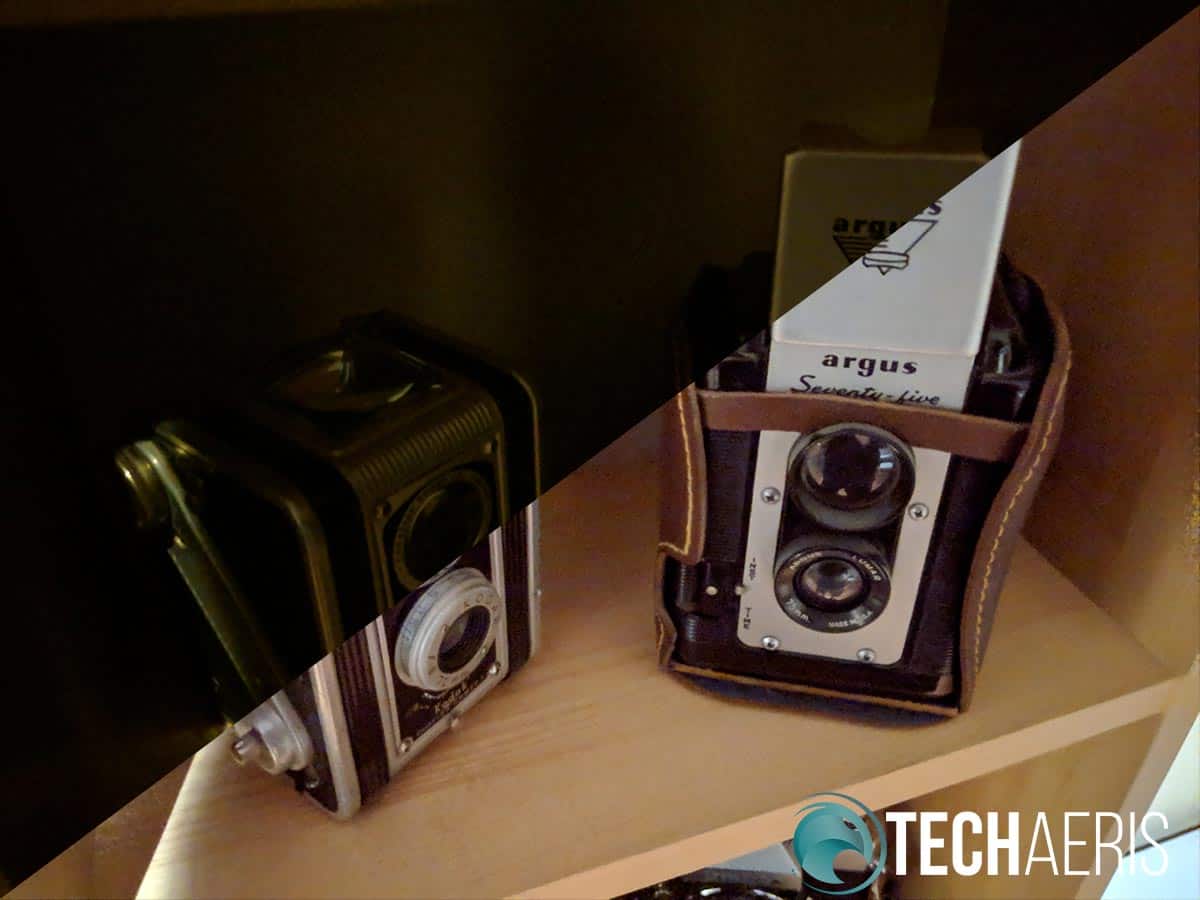
While Night Sight has also been released on the Pixel and Pixel 2 devices — and as mentioned in our previous post about it, some other devices — it definitely works best on the Pixel 3 or 3 XL.
While smartphone cameras are closing the gap, while they are suitable replacements for DSLRs or mirrorless cameras in most cases, they aren’t quite there to fully replace a standalone camera, although the Pixel 3 camera comes close.
Reception/Call Quality
Nothing unexpected here, both reception and call quality on local LTE networks has been fantastic with no complaints. The odd phone calls that I do make came across clear and crisp with the other party able to hear me with no issues.
Battery Life
The Pixel 3 sports a smaller 2915 mAh battery but it has offered up great battery life. I’ve been easily to go almost two full days on a single charge, which really isn’t necessary considering the wireless charging and optional Pixel Stand. Still, during testing without wireless top-ups throughout the day, I was consistently able to get between 3 and 5 hours of onscreen time and have between 30-50% battery left at the end of the day. Given normal day to day usage which consisted of some photography, music streaming, checking emails, browsing the web, watching a few movies, and playing 30 to 60 minutes of games, the Pixel 3 should have little issues providing all day battery life.
Accessories
As far as accessories are concerned, the Pixel 3 comes with a Quick Switch Adapter, USB-C to USB-C cable, Pixel USB-C earbuds, and a USB-C to 3.5 mm headphone adapter. The basic accessories, as one would expect, work as they are supposed to. The Quick Switch Adapter lets you connect a USB-A cable to the Pixel 3, while the USB-C to 3.5mm headphone adapter lets you use your
While some will still complain about no headphone jack, the fact is it’s going the way of the dodo. Fortunately, in addition to the adapter, Google has also included their Pixel USB-C earbuds. Unfortunately, I found the earbuds to be an odd fit. While they weren’t uncomfortable, they were not overly comfortable and didn’t seem to sit in my ears like other earbuds. The plastic sheathed wire tangles easily. As far as sound is concerned, they are o.k. but there’s not much on the bass end;
We will also be looking at the Google Pixel 3 case later but won’t be including it here as they are not included with the purchase of the device like the USB-C earbuds are.
Price/Value
With an MSRP starting at $799USD/$999CAD, the Pixel 3 is definitely priced right up there with other flagship devices. Fortunately, if you act soon enough, Google currently has a buy one, get one for 50% off for Black Friday as of the time of this review.
As far as value is concerned, while the pricing is in line with other flagships, Google would do well to drop it slightly in order to try and gain more market share. That being said, given the camera quality, build quality, and the
In addition, for a limited time, new purchases are also eligible to get 6 months of YouTube Music Premium on Google.
Wrap-up
If you’re in the market for a new smartphone,
One nice thing about the Pixel 3 and Pixel 3 XL: the only thing you’re getting out of the 3 XL is the larger display (complete with a notch) and slightly bigger battery. As such, you can be assured that you’re getting the same performance, quality camera, and build quality regardless of which device you choose to pick up. To be honest, though, while I loved the Pixel 2 XL, I’ve grown to love, and prefer, the smaller size of the Pixel 3.
*We were sent a sample of the Google Pixel 3 for the purposes of this review.
Last Updated on February 3, 2021.



